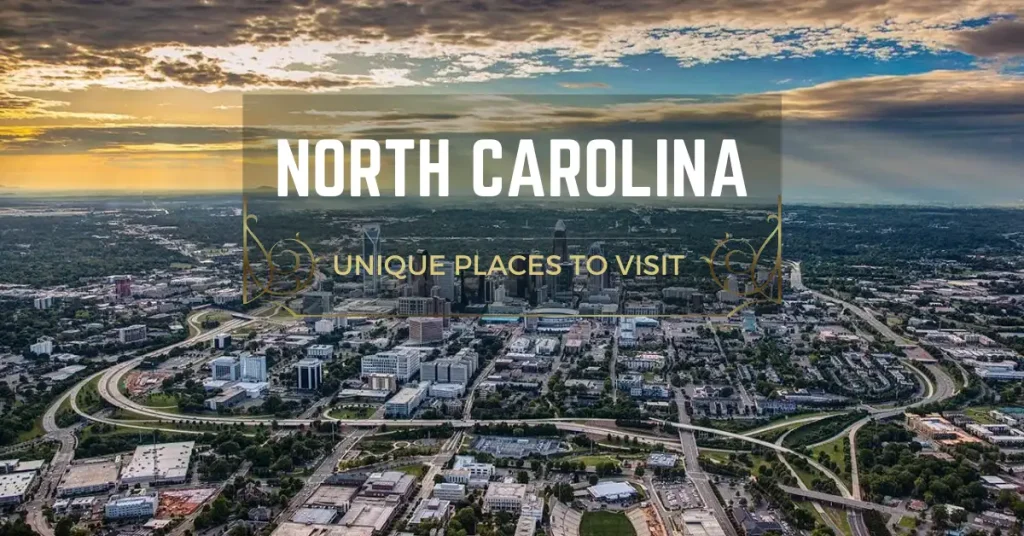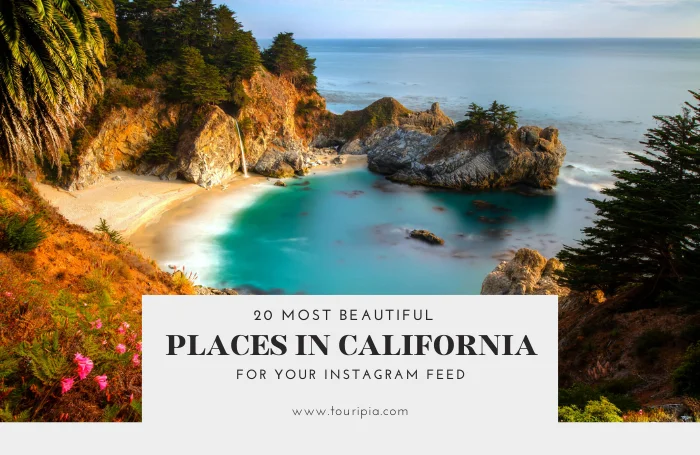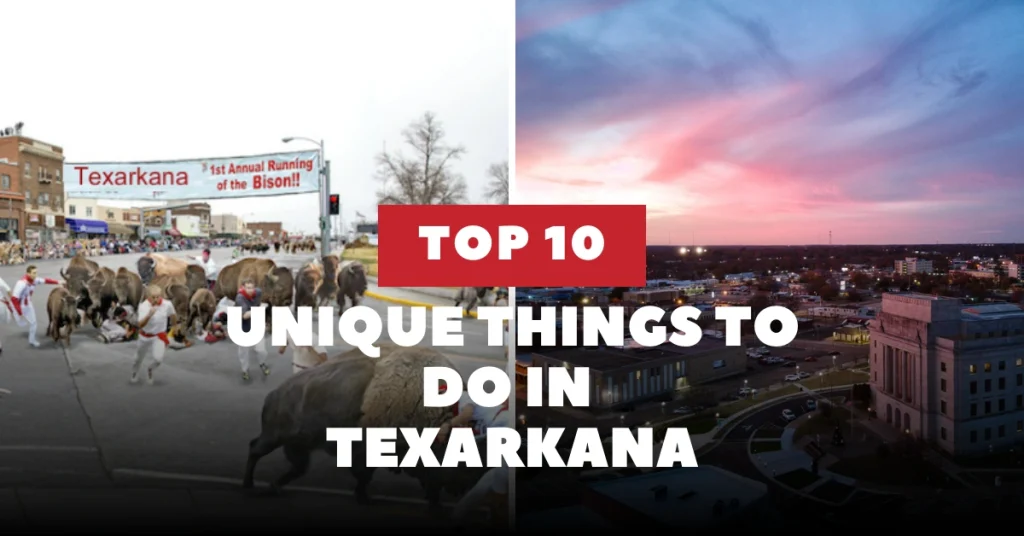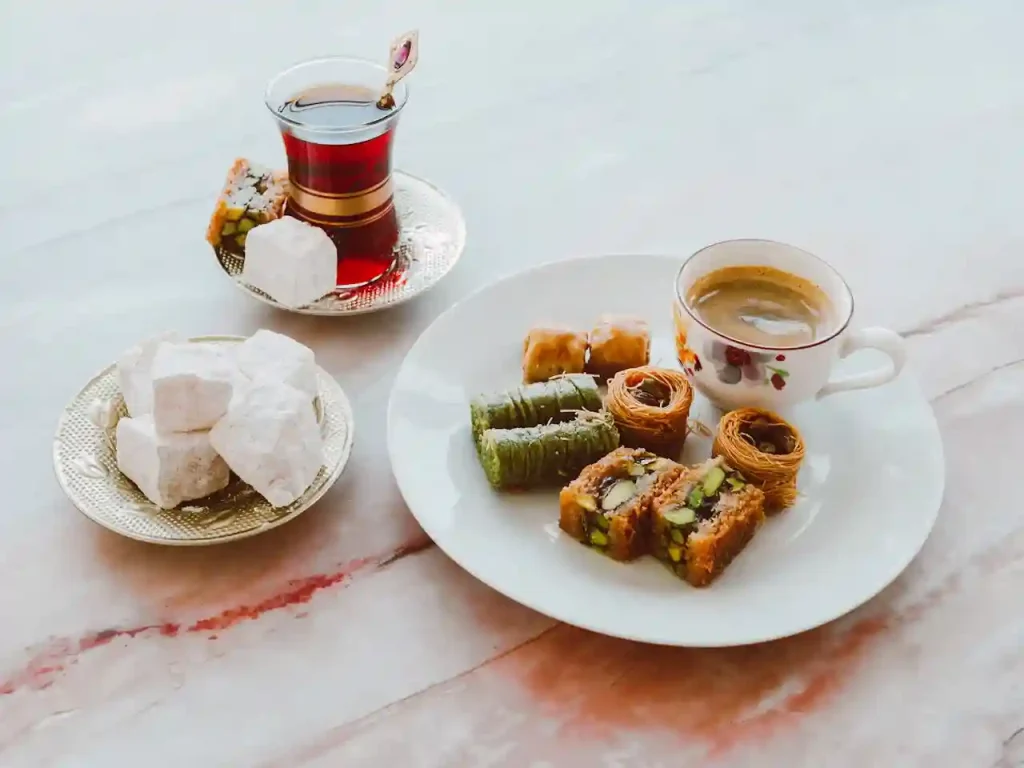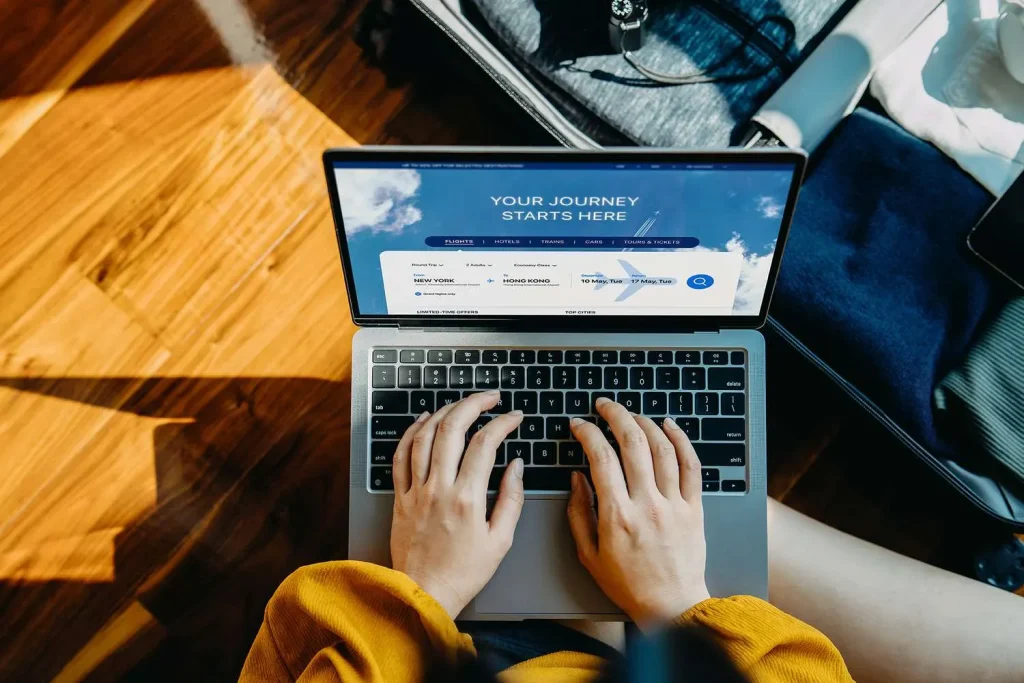Bubble Tea Tourism: How a Drink Became a Global Travel Trend?
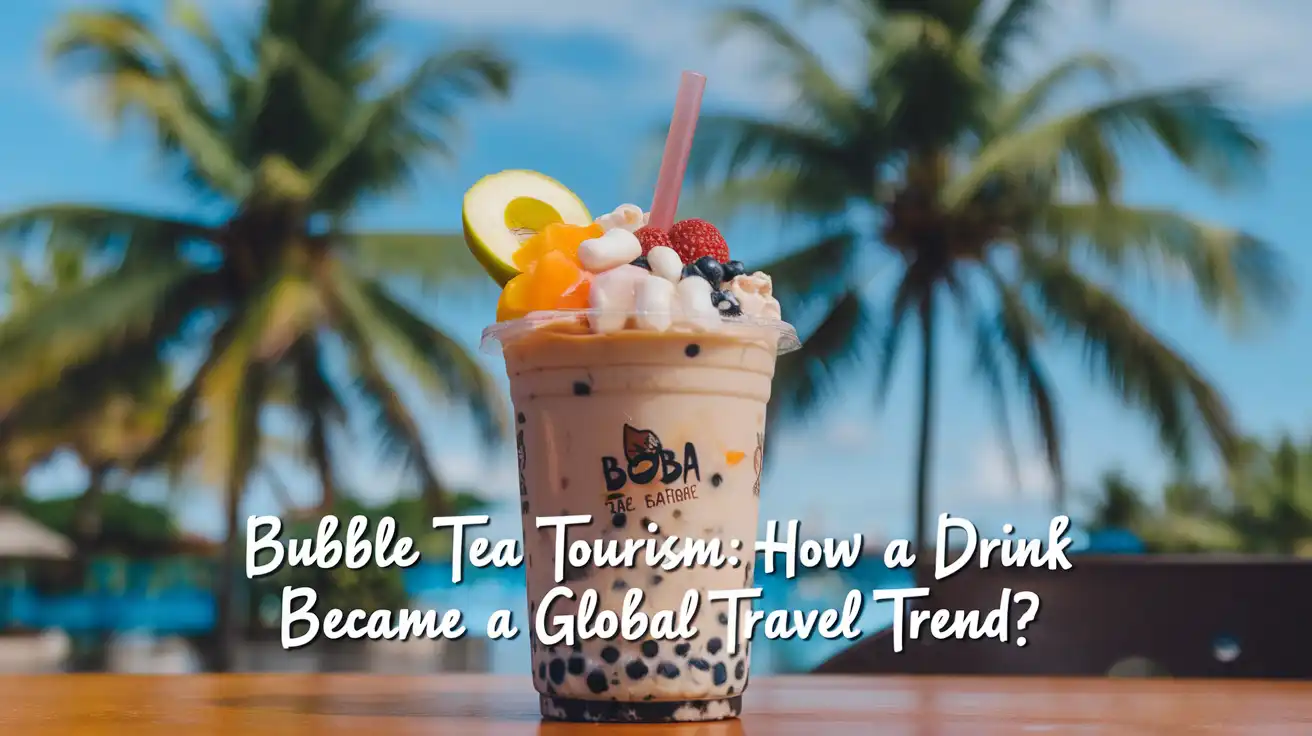
Could anyone have thought that a Taiwanese street drink would turn into a global phenomenon in the form of bubble tea tourism? Definitely no one or some of us. Bubble tea is a boba, a pearl milk tea in the form of chilled beverage with chewy tapioca balls in it.
Over the past few decades, this Taiwanese drink has gaining popularity among huge number of tourists. Not only it has steadily gained traction but also people normally want to drink Boba rather than sipping cold or hot coffee from famous restaurants.
If you want to know how Bubble tea trend is gaining popularity in tourism, just stick around. In this blog post, you will get answers to all those questions you want to know.
The Origins and Evolution of Bubble Tea Tourism

Before talking about Bubble tea popularity in tourism, you should know about the origin and evolution of bubble tea. Taiwan is the place where it all began. Back in 1980’s, a bubble tea shop owner in Taichung started the business of Boba or pearl milk tea.
Now maybe you think what makes the bubble tea unique? It’s not a simple beverage as it is made with a tea base, milk or fruit flavorings or most importantly, Boba Pearls. The eclectic taste ranging makes this tea a special beverage refreshing drink for people.
The Rise of Bubble Tea Tourism
This is a growing trend that is increasing day by day. When travelers move to different parts of the world, they actively look for bubble tea restaurants especially in Taiwan.
Across Asia, Europe and North America, this trend is on its peak. Even restaurants hassle to grab more tea from a reputable bubble tea distributor to fulfil the increasing demand.
While many travelers flock to Taiwan every year just to taste this unique beverage. Chun Shui Tang is the famous spot in Taiwan where you can find pearl milk tea of different flavors. Also, you can pay a visit to bubble-tea themed cafes, interactive tea houses and museums.
Here are some festivals or events related to bubble tea.
- Taiwan International Bubble Tea Festival
- Boba Fest (USA)
- Bubble Tea Expo (UK & Australia)
What Tradition Influenced the Origin of Bubble Tea?
Boba Tea was initially influenced with the Taiwanese tea culture along with Taiwanese people, specifically the normal culture of serving milk tea.
The chewy tapioca pearls are also known as Boba, a dessert or topping, traditionally inspired by Taiwanese snacks and desserts. But with time, this famous tea is gaining popularity.
Bubble Tea Alternative Names

When you search for Bubble tea near me in any country or state or stuck between Bubble tea vs boba, you can search this drink with these names too.
- Boba tea
- Pearl milk tea
- Tapioca milk tea
- tapioca ball drink
Sometimes boba referring to the tapioca pearls, especially in American-Asian communities.
Must-Visit Bubble Tea Destinations
The largest bubble tea chain in Taiwan but let’s take a look at other famous destinations.
| Country | City | Famous Bubble Tea Chains/ Bubble Tea Stores | Unique Features |
| Taiwan | Taipei | Chun Shui Tang, Tiger Sugar | Birthplace of bubble tea |
| Japan | Tokyo | The Alley, Gong Cha | Premium tea blends |
| South Korea | Seoul | Amasvin, One More Tea | Aesthetic designs |
| USA | Los Angeles | Boba Guys, Sharetea | Innovative wide variety of flavors |
| UK | London | Xing Fu Tang, Yi Fang | Fusion with British tea culture |
Popular Bubble Tea Destinations Around the World

Bubble tea or Boba has become a trend with unique Bubble tea ingredients and Bubble tea flavors. Take a look at some of the best destinations where bubble tea is not just a drink but an essential travel experience.
✅ Taiwan
Taiwan is the origin birthplace of black tea where this drink was invented in back 1980s. Those travelers who go to Taiwan must try this unique experience in the form of different flavors at different restaurants.
✅ Japan & South Korea
Both countries are famous for aesthetic and innovative culture of bubble tea. The bubble tea at Japanese & South Korean restaurants are made with totally unique and different flavors which represents their cultural food and tea recipe or flavors.
✅ United States & Canada
Bubble tea tourism USA & Canada has exploded in popularity in North America. With the combination of both Asian-American tastes & flavors, the bubble tea is made. Ever you think “When did boba become popular in the US”?
Boba tea gained popularity in USA in the start of 1990, especially within the Taiwanese-American community. Afterwards, USA experienced a mainstream boom in 2010 just because of social media coverage and aesthetic significance. Alone in USA, there are various dedicated shops.
What is the Economic Impact of Bubble Tea Industry?
| Region | Estimated Market Value (2024) | Growth Trend |
| Asia-Pacific | $3.2 billion | Rapid expansion |
| North America | $1.8 billion | Increasing demand |
| Europe | $950 million | Emerging market |
| Australia | $400 million | Niche but growing |
Final Thoughts!
Bubble tea tourism has evolved far beyond its origins in Taiwan, becoming a cultural and culinary experience that attracts travelers worldwide. The traditional tea houses in Taipei and trendy bubble tea cafes in New York, Tokyo, and London, this drink has inspired a new wave of food tourism.
Social media and innovative flavors make bubble tea a must-try experience for travelers. Whether seeking the perfect brown sugar Boba or experimenting with new ingredients, bubble tea offers a delightful way to explore global flavors and traditions.
Frequently Asked Questions
1. What is Bubble Tea Tourism?
Bubble tea tourism involves traveling to explore boba culture, tasting authentic recipes, and visiting iconic tea shops worldwide.
2. How did Boba Tea spark a travel trend?
Its unique flavors and Instagrammable appeal turned boba into a cultural phenomenon, driving fans to seek its origins and variations.
3. Where did Bubble Tea Tourism originate?
It began in Taiwan, the birthplace of boba, with cities like Taichung and Taipei as semantic hubs for tea pilgrims.
4. Why do travelers seek authentic Boba experiences?
Enthusiasts chase the sensory delight of traditional recipes and the nostalgia tied to bubble tea’s heritage.
5. Which destinations are key for Bubble Tea Tourism?
Taiwan, Japan, Thailand, and the U.S. stand out as lexical hotspots for boba exploration and innovation.
6. How has social media fueled Boba travel?
Platforms like Instagram amplify boba’s visual allure, triggering wanderlust for photogenic drinks and shops.
7. What role do local tea shops play in this trend?
They serve as cultural nodes, offering regional twists that enrich the boba tourism narrative.
8. Can Bubble Tea Tourism boost local economies?
Yes, it draws crowds, semantically linking tea culture to revenue for vendors and tourism boards.
9. What’s the appeal of Boba-themed travel events?
Festivals and tastings tap into the drink’s emotive pull, creating immersive experiences for global fans.
10. How does Bubble Tea reflect cultural fusion in travel?
Its evolution from Taiwanese roots to global flavors mirrors a traveler’s quest for cross-cultural taste connections.






